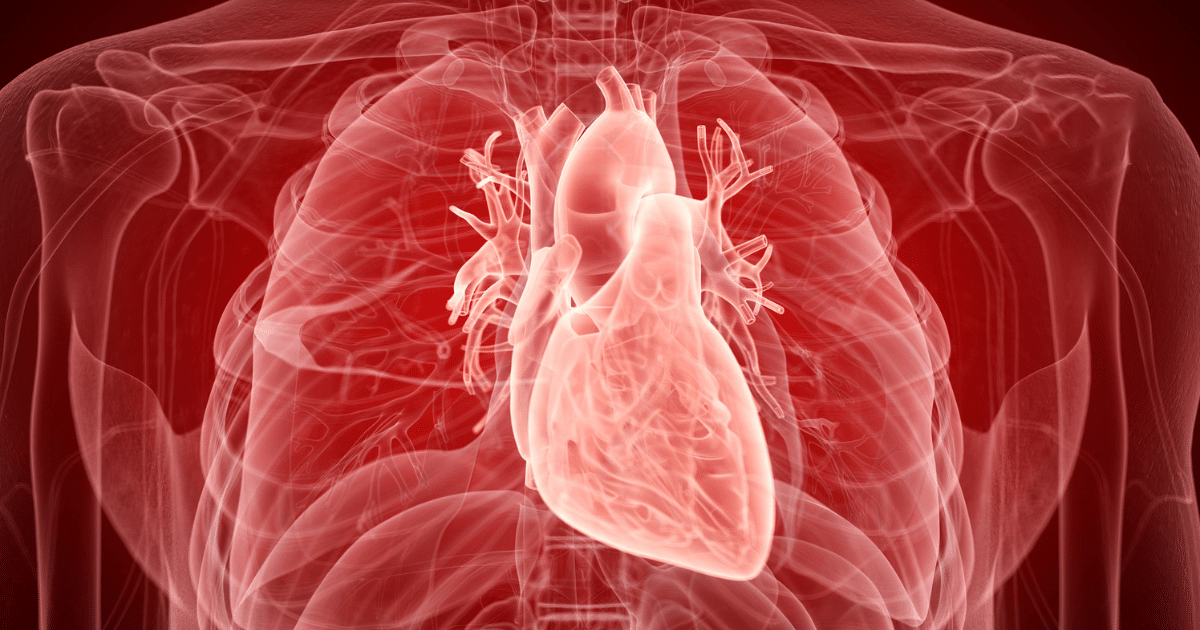VA Disability
VA Disability for Ischemic Heart Disease
Ischemic heart disease, more often called coronary artery disease, is a serious heart condition that limits the supply of blood to the heart. Ischemic heart disease is the most common type of heart disease in the U.S., where heart disease is the leading cause of death. It is also a condition that’s been connected to exposure to Agent Orange.
If you were diagnosed with ischemic heart disease and are a Vietnam veteran who was exposed to Agent Orange while serving, you may qualify for a presumptive connection for your condition. There are currently 14 health conditions associated with exposure to Agent Orange, including ischemic heart disease.
What is ischemic heart disease?
Ischemic heart disease, also known as coronary heart disease or coronary artery disease, is caused by the narrowing of heart arteries. As these arteries become clogged by cholesterol build-up (plaque), the heart receives less oxygenated blood. Without proper blood flow, the heart is damaged and weaker, causing it to strain to pump blood throughout the body. Ischemic heart disease is a form of arteriosclerosis.
Ischemic heart disease can lead to angina pectoris, a condition that causes discomfort and pain. The pain is often described as a feeling of extreme squeezing or pressure in or near the chest, which can expand to the shoulders, arms, neck, and back. Other symptoms can include:
-
One
Heart palpitations
-
Two
Lightheadedness, dizziness, or fainting
-
Three
Shortness of breath
-
Four
Extreme fatigue
-
Five
Difficulty sleeping
-
Six
Swelling of the feet and legs (edema)
-
Seven
Weight gain
-
Eight
Abdomen swelling
-
Nine
Painful coughing and congestion
Ischemic heart disease can ultimately lead to congestive heart failure and heart attack.

Ischemic heart disease and Agent Orange.
Since 2010, the VA has recognized the association between Agent Orange and ischemic heart disease. A 2008 study found “suggestive but limited evidence that exposure to Agent Orange and other herbicides used during the Vietnam War is associated with an increased chance of developing ischemic heart disease.”
Agent Orange is a toxic chemical that was used by the U.S. military in the 60s and 70s as a defoliant to kill plant life in many areas during the Vietnam War. Agent Orange, as well as many of the other “Rainbow Herbicides,” contained the carcinogen dioxin. Officials knew these herbicides were dangerous but believed personnel’s exposure to them would be limited.
Instead, millions of service members as well as civilians were exposed to these dangerous chemicals and, as a result, faced a variety of serious health issues. These conditions include, but are not limited to, birth defects, cancer, neuropathy, Parkinson’s disease, diabetes, and ischemic heart disease.
VA rating for ischemic heart disease
The VA rates ischemic heart disease at 10%, 30%, 60%, or 100% depending on the severity of a veteran’s symptoms. Ischemic heart disease is rated under the General Rating Formula for Diseases of the Heart as follows:
| Description | VA Rating |
|---|---|
| Workload of 3.0 METs or less results in heart failure symptoms such as dyspnea, fatigue, angina, dizziness, or syncope, or; left ventricular dysfunction with an ejection fraction of less than 30% | 100% |
| More than one episode of acute congestive heart failure in the past year, or; workload of 3.1-5.0 METs results in results in dyspnea, fatigue, angina, dizziness, or syncope, or; left ventricular dysfunction with an ejection fraction of 30% to 50% | 60% |
| Workload of 5.1-7.0 METs results in heart failure symptoms such as dyspnea, fatigue, angina, dizziness, or syncope or; evidence of cardiac hypertrophy or dilatation confirmed by echocardiogram, electrocardiogram, or X-ray | 30% |
| Workload of 7.1-10.0 METs results in heart failure symptoms such as dyspnea, fatigue, angina, dizziness, or syncope or; continuous medication required for control | 10% |
The “METs” used in the VA’s rating system refer to the ratio of your “working metabolic rate” over your “resting metabolic rate.” One MET is the typical amount of energy a person uses while resting. METs over 6.0 tend to be linked to more vigorous activities like running, playing a sport, or riding a bike, while activities at 3.0 METs or less include sitting, standing, or yoga.
According to the Schedule of Ratings, “heart failure symptoms include, but are not limited to, breathlessness, fatigue, angina, dizziness, arrhythmia, palpitations, or syncope.
Finally, in addition to the above, the VA also considers any heart surgeries that are needed for the condition. Procedures such as cardiac transplant surgery, heart valve replacement, heart valve replacement, or having a pacemaker implanted can result in a temporary 100% disability rating.
Direct and secondary service connections for ischemic heart disease
You do not need to have been exposed to Agent Orange during your military service to receive VA disability benefits for ischemic heart disease. The only difference is you will not have a presumption, or assumption, of a service-connection for the condition working in your favor.
Instead, as with other conditions veterans may seek VA benefits for, you would need to provide a medical nexus that shows your ischemic heart disease was caused or made worse by circumstances of your service. In some cases, the connection may be direct. With other cases, your service may have caused you to develop a different condition, and that condition led you to develop ischemic heart disease. However, in both of these cases, the VA may grant disability compensation.
Service-connecting ischemic heart disease
If you have ischemic heart disease that you believe was caused by your time in the military, you may be owed disability compensation from the VA. Whether you were exposed to Agent Orange during your service will likely affect the route you take to making a service connection.
Presumptive service connection for ischemic heart disease
If you were exposed to Agent Orange during your military service and later developed ischemic heart disease, you will not have the burden of proving a medical nexus. In other words, in such a case, the VA will automatically assume your condition was caused by your service.

Ischemic heart disease is one of more than a dozen conditions the VA considers presumptively connected to Agent Orange exposure. To be eligible for these presumptive connections, the time and place of your service must also fit within the established guidelines used by the VA.
Veterans who are presumed to have been exposed to Agent Orange are those who served in:
-
One
The Republic of Vietnam on land and some vessels between Jan. 9, 1962, and May 7, 1975. This exposure includes those stationed in Blue Water Navy ships.
-
Two
Korea in the demilitarized zone between Sept. 1, 1967, and Aug. 31, 1971.
-
Three
At any U.S. or Royal Thai military base between Jan. 9, 1962, and May 7, 1975.
-
Four
Laos between Dec. 1, 1965 and Sept. 30, 1969
-
Five
Cambodia at Mimot or Krek, Kampong Cham Province between April 16, 1969, – April 30, 1969
-
Six
Guam or American Samoa (or in the territorial waters) between Jan. 9, 1962, and July 31, 1980
-
Seven
Johnston Atoll (or on a ship that called at Johnston Atoll): between Jan. 1, 1972, and Sept. 30, 1977
-
Eight
You served on active duty in a regular Air Force unit location where a C-123 aircraft with traces of Agent Orange was assigned, and had repeated contact with this aircraft due to your duties,
-
Nine
You were involved in transporting, testing, storing, or other uses of Agent Orange during your service
The VA also lists some additional special circumstances where Reservists may have been exposed to Agent Orange.

Unemployability and ischemic heart disease
Pain, fatigue, syncope, and other symptoms caused by ischemic heart disease may make it difficult for a veteran with this condition to work. If they do work, it may be marginal, sheltered, or not substantially gainful due to the difficulties of working with their symptoms.
